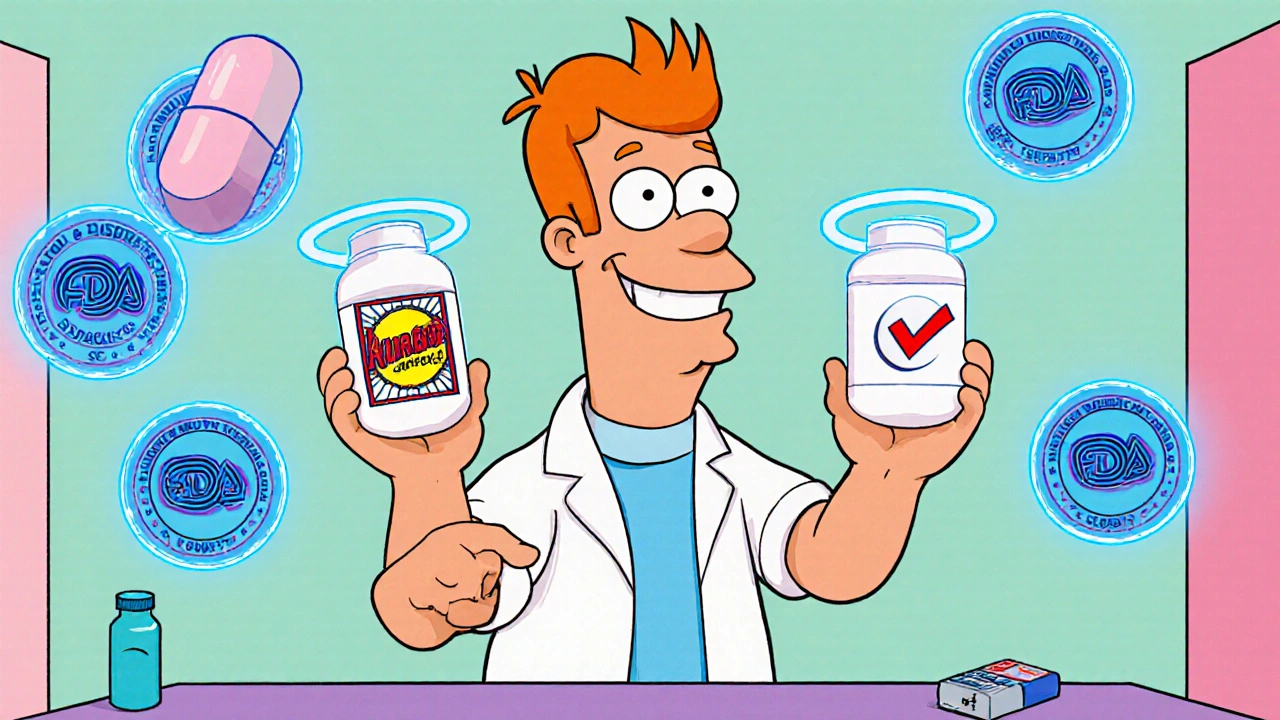Brand Name Drugs: What They Are, Why They Cost More, and What Alternatives Work
When you hear brand name drugs, originally developed and marketed by pharmaceutical companies under a patent-protected name. Also known as proprietary drugs, they’re the first version of a medicine you see advertised on TV or prescribed by your doctor. These aren’t just fancy labels—they’re the result of years of research, clinical trials, and regulatory approval. But once the patent runs out, the same drug reappears as a generic drug, a chemically identical version sold without the brand name, often for a fraction of the price. The big question isn’t whether they work the same—it’s why you’re still paying more for the brand.
Brand name drugs carry a premium because of marketing, packaging, and the cost of recouping R&D. Companies spend billions developing a new drug, then use that time under patent to make back their investment. Once generics enter the market, prices drop—sometimes by 80% or more. But here’s the catch: not every brand name drug has a generic yet. Some are still protected, others are complex to copy, and a few are priced high even after generics exist because of tactics like patent extensions or "pay-for-delay" deals with generic makers. That’s why knowing which drugs have cheaper alternatives matters. For example, if you’re on Lipitor, there’s a generic called atorvastatin that works just as well. Same with Nexium and esomeprazole, or Zoloft and sertraline.
It’s not just about saving money—it’s about making smart choices. Some people stick with brand name drugs out of habit, fear, or because their doctor didn’t mention the generic. But studies show generics are just as safe and effective. The FDA requires them to meet the same standards. The only differences are in fillers, color, or shape—nothing that affects how the drug works in your body. If you’re paying hundreds a month for a brand name drug, ask your pharmacist or doctor: is there a generic? Can I switch? It could save you thousands a year.
And it’s not just about price. Some brand name drugs come with patient assistance programs, coupons, or mail-order options you won’t find with generics. But those perks don’t make the drug better—just more accessible. Meanwhile, newer brand name drugs like those for weight loss or rare diseases can cost over $1,000 a month, with no generic in sight. That’s where understanding your options becomes critical. You don’t need to be a pharmacist to ask the right questions.
Below, you’ll find real-world guides on how brand name drugs compare to their alternatives, what side effects to watch for, and how to cut costs without sacrificing results. Whether you’re managing high blood pressure, diabetes, anxiety, or chronic pain, there’s likely a cheaper option you haven’t considered yet. Let’s get you the facts—without the marketing noise.
 20 Nov 2025
20 Nov 2025
Authorized generics are the exact same medication as brand-name drugs, made by the same company with identical ingredients. Learn why they're just as effective, how they differ from regular generics, and when to ask for them at the pharmacy.
View More

